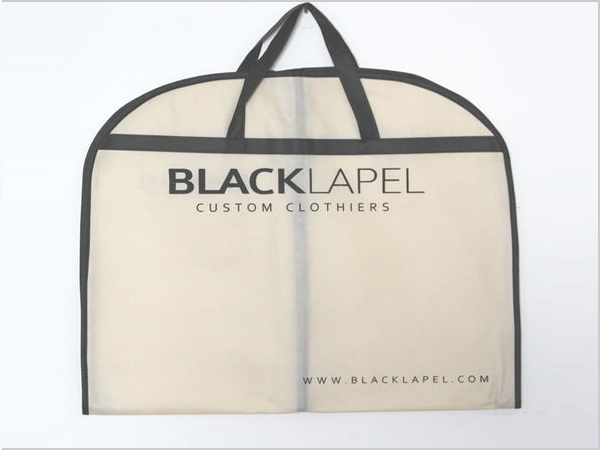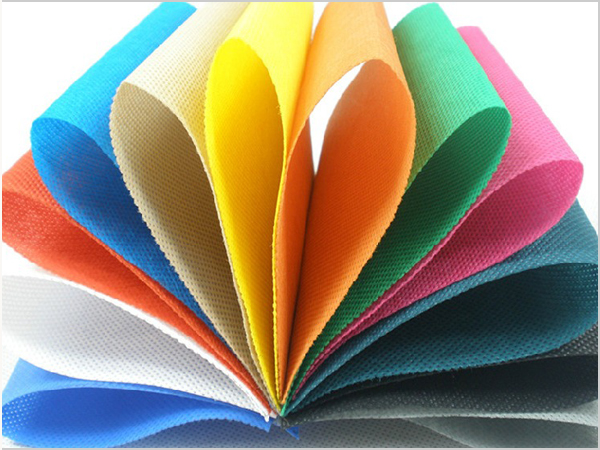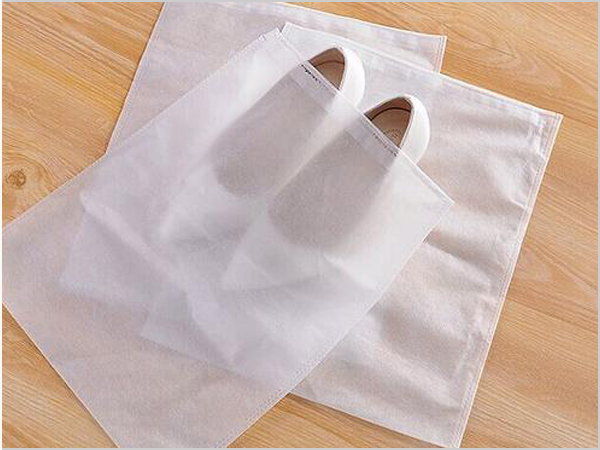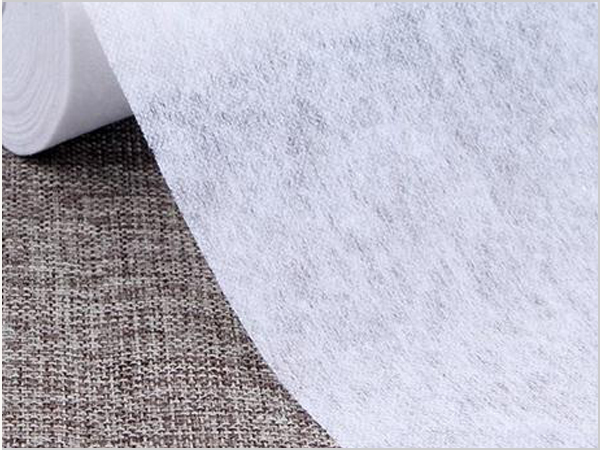- Why can spunbond nonwoven fabric dominate the market?
- Foreign trade exports are moving forward under pressure, with both resilience and challenges coexisting
- Explore the environmental protection characteristics and application fields of PP non-woven fabric
- The rise of the Latin American market is expected to become a new growth pole for China's textile foreign trade
- The production process of spunbond nonwoven fabric determines its unique characteristics!

- Telephone: 0551- 66779966
- Cellphone: 18955130444
- Email: 58792982@qq.com
- Address: Building 1-2, East of Wubu Village Section, Hehuai Road, Wushan Town, Changfeng County, Hefei City, Anhui Province
In the production process of meltblown non-woven fabrics, because the parameter ratio of temperature, air pressure, mold, speed and other aspects are involved, continuous running-in and debugging are required to achieve the best results.
1: Tuning process
1. Under the condition of higher temperature and wind pressure, make the cloth softer;
2. Slowly lower the die temperature and the hot air temperature in turn until the cloth just looks a little hard;
3. Record the die temperature and screw temperature at this time;
4. Adjust the wind pressure, the amount of melt extrusion, and the distance of the net to make the cloth softer;
5. Adjust the winding speed to achieve full traction effect;
6. According to the speed of rewinding, the electret usually needs to add two electrets, the static voltage is 40kv-60kv, and the distance between the electret rods is 5-7 cm, and the net rewinding speed is slow plus one static electricity. You can choose to add positive You can also choose to add negative electricity, which can be determined by experiment.
2: Tuning initial parameter setting
1. Screw temperature: set 190 degrees, 230 degrees, 230 degrees, ..., 230 degrees, 270 degrees (the material of 1500 melt index does not exceed 270 degrees, and it can be 260 degrees);
2. Die temperature: 252 degrees, 252 degrees,..., 252 degrees (generally 240 degrees -255 degrees);
3. Quick screen changer, metering pump, die filter screen: 240 degrees;
4. Heating pot temperature: 300 degrees, hot air temperature: 240 degrees;
5. Wind pressure: 0.2-0.5MPa (generally low temperature PP material, the wind pressure can be selected a bit smaller, medium and high temperature materials, the melting index of the material around 1300 wind pressure can be larger);
6. Retracting distance: 15-19 cm;
7. The size of the tuyere is consistent with the distance from the tip of the spinneret to the plane of the wind knife, 1-2mm;
8. The screw speed is moderate or small (the wind pressure is small, the extrusion volume can be small, and the wind pressure is large, and the extrusion volume can be larger).
- Why can spunbond nonwoven fabric dominate the market?
- Foreign trade exports are moving forward under pressure, with both resilience and challeng
- Explore the environmental protection characteristics and application fields of PP non-wove
- The rise of the Latin American market is expected to become a new growth pole for China's
- The production process of spunbond nonwoven fabric determines its unique characteristics!
- The global trade landscape is undergoing significant changes in 2025
- The 11th China International Silk Conference was held in Shengze
- What are the core advantages of spunbond nonwoven fabric?
- What are the magical aspects of the manufacturing process of spunbond nonwoven fabric?
- The textile industry is enjoying dual policy benefits



